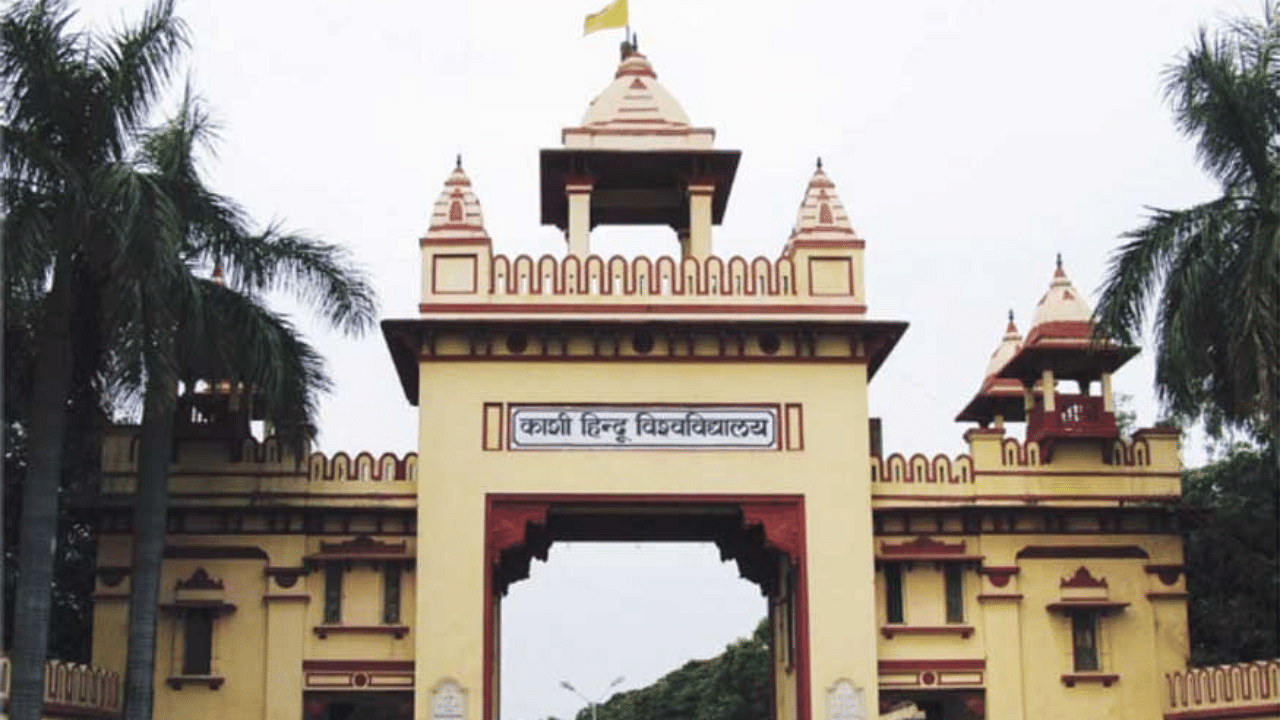
Varanasi-based prestigious Banaras Hindu University (BHU) stirred controversy over questions in the History paper in its PG examination on the demolition of certain temples by Mughal emperor Aurangzeb.
Incidentally, the temples referred to in the question paper are part of the ongoing legal battle involving the Kashi Vishwanath Temple-Gyanvapi Mosque in a Varanasi court.
The MA (History) paper had questions like ''In which book is there a reference to the demolition of the Adi Vishweshwara Temple by Aurangzeb'?' and ''Describe Aurangzeb's policy of demolition of temples''.
A BHU teacher defended the questions saying that the paper was of Medieval History and that it was only natural that questions from the Mughal rule would feature in the exam. Muslim leaders and opposition parties slammed the varsity for asking questions on something which was sub-judice. "Such questions should be avoided as the issue involving them is being heard by the court,'' said a Muslim leader associated with the Gyanvapi case in Varanasi.
Kashi Vishwanath Temple and Gyanvapi Mosque premises had been a bone of contention between the two communities for the past several decades. There was renewed clamor to ''take back'' the Kashi Vishwanath Temple premises by the saffron outfits after a favourable decision of the apex court in the Ram Temple case.
Hindu petitioners contended that a part of the temple had been demolished by the Mughal emperor Aurangzeb in the 17th century. The Muslim side contended that the Mosque existed before the reign of Aurangzeb and also claimed that the same had also been mentioned in the land records.
A district court had recently ruled that the petition seeking permission for daily worship at the Shringar Gauri Shrine inside the Kashi Vishwanath-Gyanvapi Mosque premises was maintainable.
Hindu lawyers had earlier claimed that a 'Shivling' was found at a small pond after which the court had ordered the sealing of the place. The lawyers representing the Muslims, however, refuted the claim and said that what was being called a 'Shivaling' was in fact a 'fountain'.